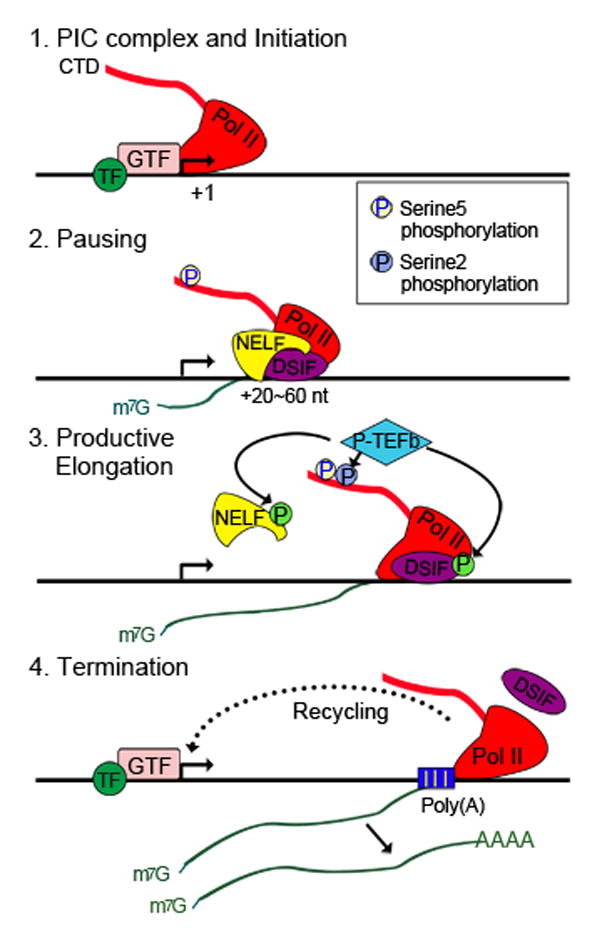Figure 1. Pol II-mediated gene transcription is a multi-step process.

Step 1: Gene-specific transcription factors (TF) recruit general transcription factors (GTF) and polymerase II (Pol II) to form a preinitiation complex (PIC) at the promoter. Pol II is ready to initiate transcription.
Step 2: Pol II produces RNA of 20–60 nt long and pauses. The pausing factors DSIF (the DRB sensitivity-inducing factor) and NELF (the negative elongation factor ) are required for Pol II pausing. The Ser5 residues of the Pol II carboxy-terminal domain (CTD) repeats are phosphorylated. The short, nascent RNA remains associated with Pol II and is capped at the 5′end.
Step 3: P-TEFb recruitment releases Pol II from pausing. P-TEFb phosphorylates Ser2 of the Pol II CTD, DSIF and NELF, resulting in the dissociation of NELF. Phosphorylated DSIF becomes a positive elongation factor and travels with Pol II throughout the gene. Pol II enters the stage of productive elongation. Phosphorylation is indicated by a circled “P” on each factor.
Step 4: After transcribing through the gene body, Pol II passes the Poly(A) signal site and terminates transcription. Pol II is removed from the gene and the RNA is released. Free Pol II can be recycled back to promoter to reinitiate transcription.
